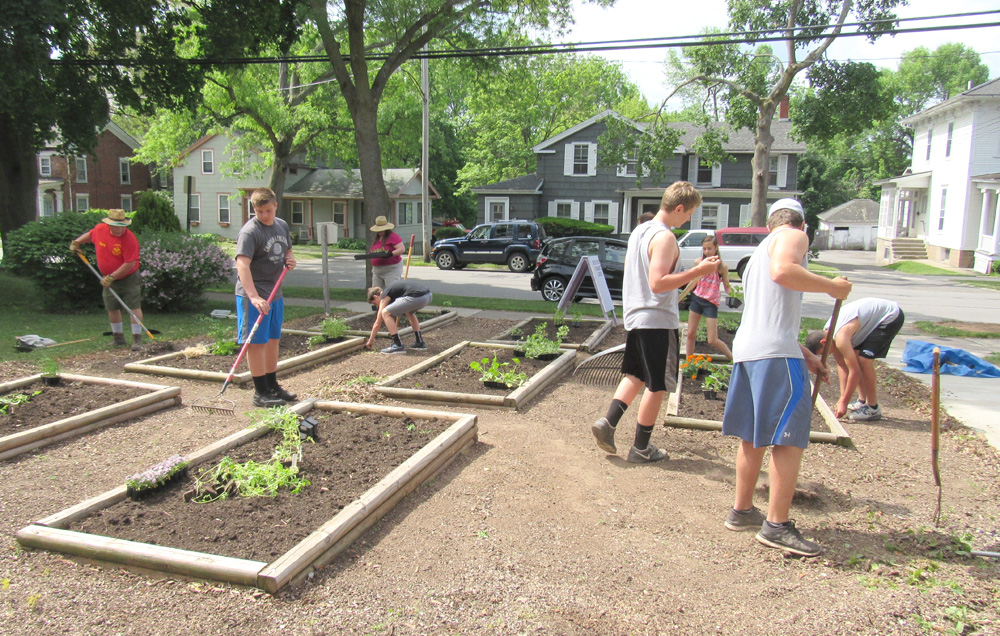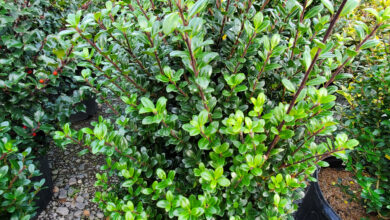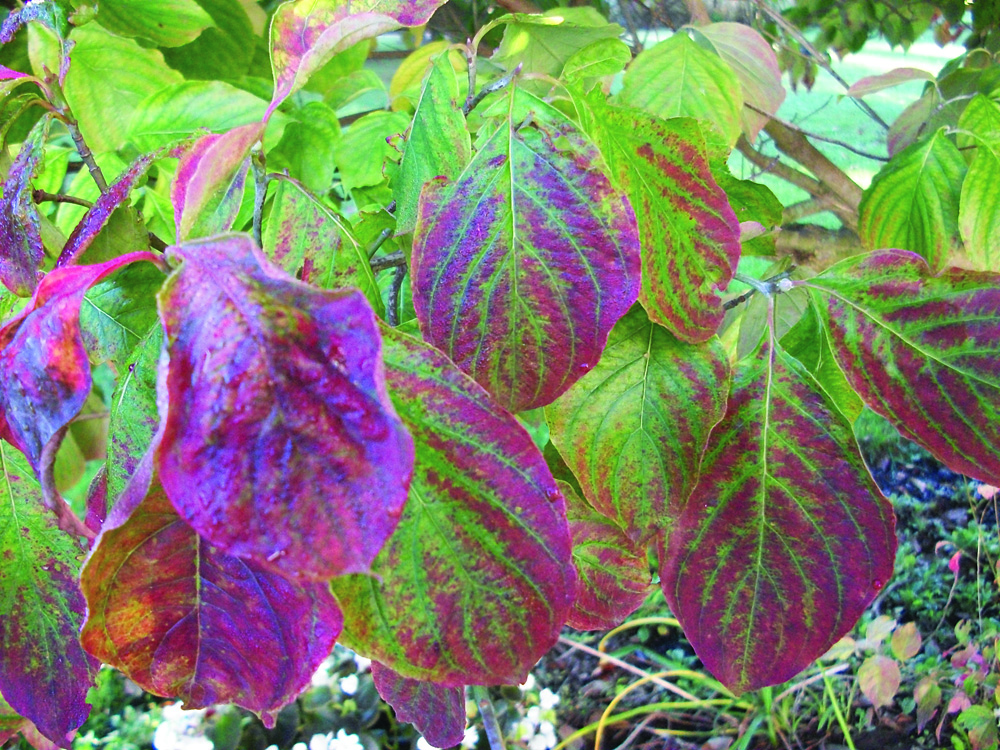Enduring the drought
The ongoing drought conditions through the late spring and early summer have been a big challenge for me. For various reasons, I have a ton of annual material planted in my vegetable/cut flower gardens this year and the hand-watering is getting to be a drag. I should have a drip irrigation system in place for seasons like this, but I never get around to it, so I schlep with my watering can day after day to get the newly planted material established.
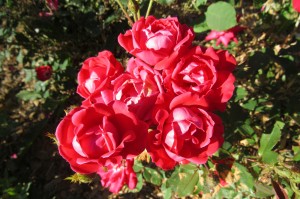
My easy-care landscape roses have bloomed beautifully through the dry conditions. K. Gabalski photo
I’m sure your lawns and gardens are showing signs of stress due to the lack of a nice long soaking rainfall. Most of the grass has turned brown and gone dormant and even some of my well-established shrubs look wilted every evening.
Hopefully we will get some beneficial rain soon, but here are a few tips to help you make it through the dry times and drought conditions in your garden.
I am keeping my annuals watered (by hand – no overhead sprinkling) to get them established, as I will need to use them for flowers I am arranging for a wedding in August, but Cornell Cooperative Extension in Rockland County says to concentrate watering efforts on plants that mean the most to you, are difficult to replace, or are most valuable.
Woody plants like trees and shrubs planted this year or within the last few seasons will need to be watered as they don’t have the established root systems of older plants.
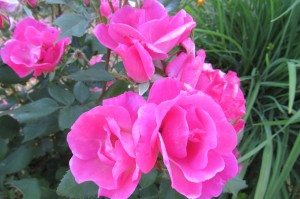 You may also need to give some extra attention to woody plants which love the shade, but are planted in the sun. Flowering dogwood, Japanese maple, rhododendrons, birch and maple are sensitive to drought stress.
You may also need to give some extra attention to woody plants which love the shade, but are planted in the sun. Flowering dogwood, Japanese maple, rhododendrons, birch and maple are sensitive to drought stress.
Cornell says that even if you notice wilting of leaves on these plants during the day, they will recover at night if sufficient soil moisture is present. If plants do not recover overnight, water them to prevent permanent damage.
Morning is the best, if not the most convenient, time to water. Water slowly and deeply at the soil level, avoiding splashing water on foliage, which can cause disease. Mulch after you water to conserve soil moisture and keep plants cooler. For larger shrubs, set your hose on the ground over the root area and let it run at a trickle until the area is well-soaked. This allows the water to penetrate below the root zone.
Cornell advises not to fertilize, prune, or apply pesticides during drought conditions. Keep your plants healthy to help them survive the drought by monitoring for insects and disease. Keep garden areas weed free as weeds compete with your plants for soil moisture.
I’ve been taking note of which plants have held up the best in the dry conditions. My landscape roses have done very well, so far, as have my yarrow plants, blue false indigo and even my established hydrangeas and hostas are hanging in there pretty well with minimal additional attention. Plants in at least some partial shade are also doing better.
Here are a few suggestions from Michigan State University for drought tolerant plants: Trees – White fir and Bur oak; Shrubs – bottlebrush buckeye, bush cinquefoil; Perennials – Yarrow and blue false indigo; Annuals – wax begonia and moss rose (Portulaca grandiflora).



